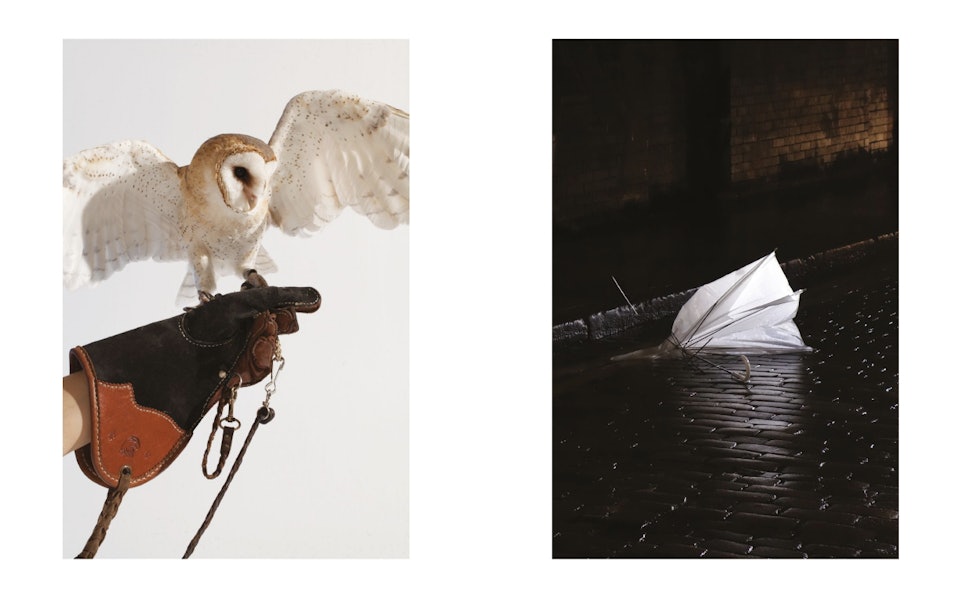Geray Mena is a photographer, visual researcher and image-maker whose work doesn’t go unnoticed. Combining classical references and current trends, his multifaceted and heterogeneous visual language transcends the boundaries of traditional photography, creating a dynamic tapestry that reflects the intersection of art, culture, and contemporary aesthetics.
Hello Geray and welcome to Coeval. How would you introduce yourself to our community?
Hey Davide, first of all, it was really nice sharing time during Paris Fashion Week and thank you for having me at Coeval.
I will probably define myself as a curious and romantic visual researcher and image generator.
Or maybe just as someone who tries to preserve his mental health and passion while dealing with an active personal life and several projects at the same time around the globe.
When did you first pick an interest in photography and how did your style evolve?
My first encounter with a camera came from my graffiti practice, Olympus MJU and SD cards hidden in my socks.
That was very exciting and rough, we did it without any sort of compensation or recognition. It did happen though within a very small and nurturing community and this kind of lifestyle, and the discipline that came with it, forged my way of confronting both personal projects and client commissions.
I first started producing mainly studio still lifes: at the time, I could stay the whole day at the Gerrit Rietveld Academy lighting and shaping a flower or a Coke can.
After several years of working mainly with objects I grew bored of that and, at the same time, I started to feel confident enough to work with humans.
By working closely with Evade House and some friends in the fashion industry, I found over time my own way to combine both practices.
How does your creative process usually work? Do you start with a concept or with visual solicitations?
It depends on the project, to be honest. The concept for me is always crucial; sometimes I struggle with my brain until the very last minute before presenting it to the client or gallery.
Take our last story for Esquire Italy: the assigned concept was “A star is born”, and we developed a complete narrative around an actor in LA struggling with the new AI paradigm in Hollywood; for that, we actually generated the scenes with AI and a real actor.
One element that makes your photographic style so recognizable is your use of light: what is the relationship you try to establish between light, bodies and the camera?
I would never say my style is recognizable. I can see many references ranging from classics to current trends that influence me.
Even though I was an assistant for renowned photographers in Europe in my 20s, for me technique is not as important as concept, composition, color palette, casting, etc…
You know, many photographers really like to stick to a precise style and that makes things easy for clients and agencies; all this is obviously the smart way to do things, but I prefer to work oppositely, constantly sabotaging myself once I get to know how to do something. Every time I try to challenge myself, to not bore our community and surprise myself and the viewer with new aesthetics and concepts.
You recently posted an AI-coproduced editorial: how do you think such technology will impact photography in the long term?
A new tool, isn’t it just that? If we look at a knife, you can use it to have your lunch or to kill someone.
As you said, we did an AI-coproduced editorial and I’m waiting for another editorial produced with Domenico Scialo to get printed: we are currently working on two new projects that involve AI. I’m excited to play around and discover the possibilities of this new technology.
Any future projects you can disclose some details about?
At the moment, I’m finishing a project I started almost ten years ago “Immortal 2014/2015” that will take the form of a book. It’s my first ever book, so I’m quite nervous and there is a lot of self-criticism coming with it.
So I’m starting to look for publishers and am very excited to discover the whole great industry behind publications.
